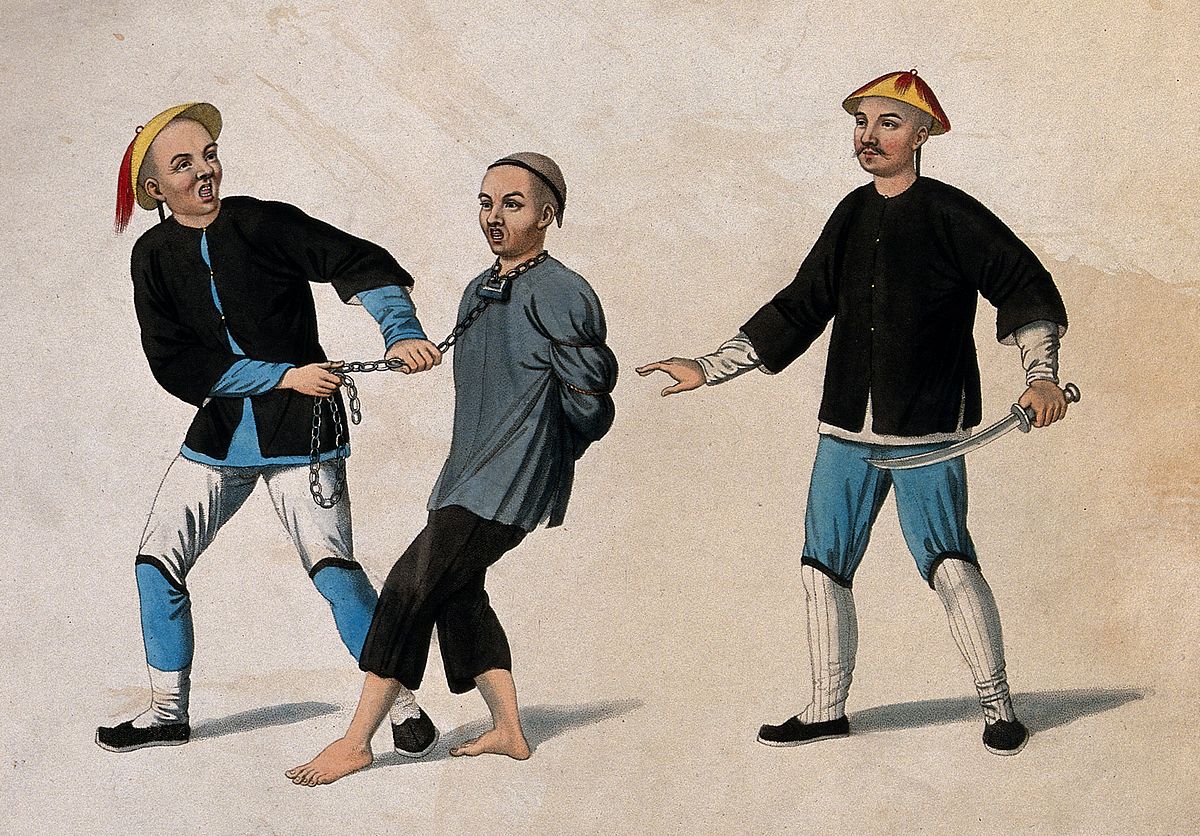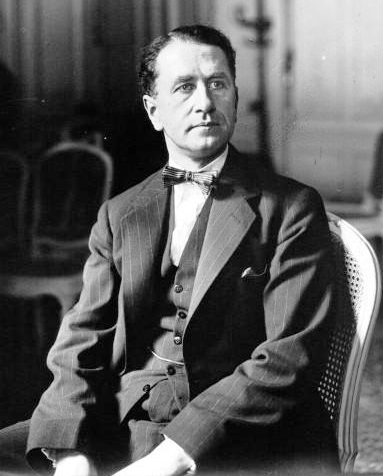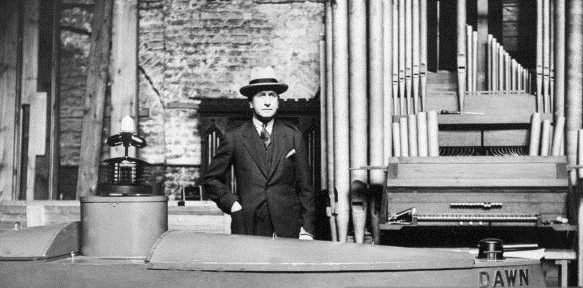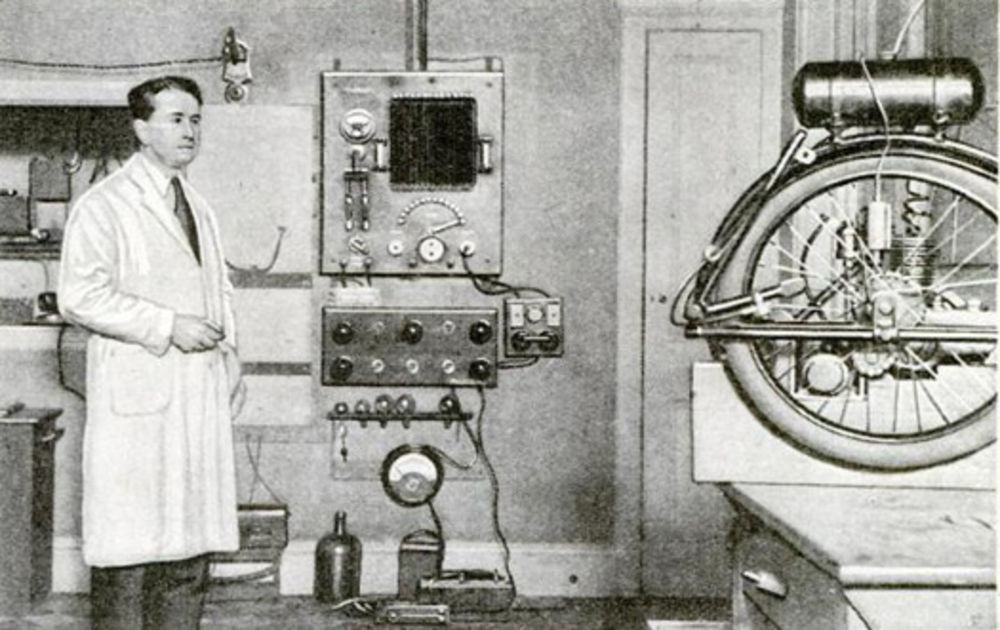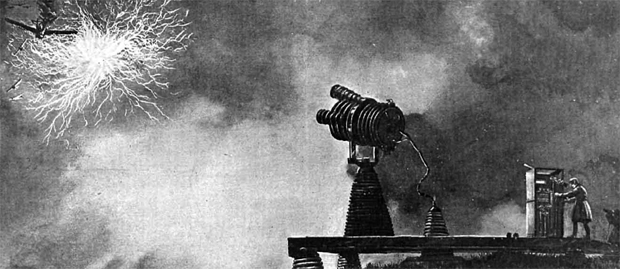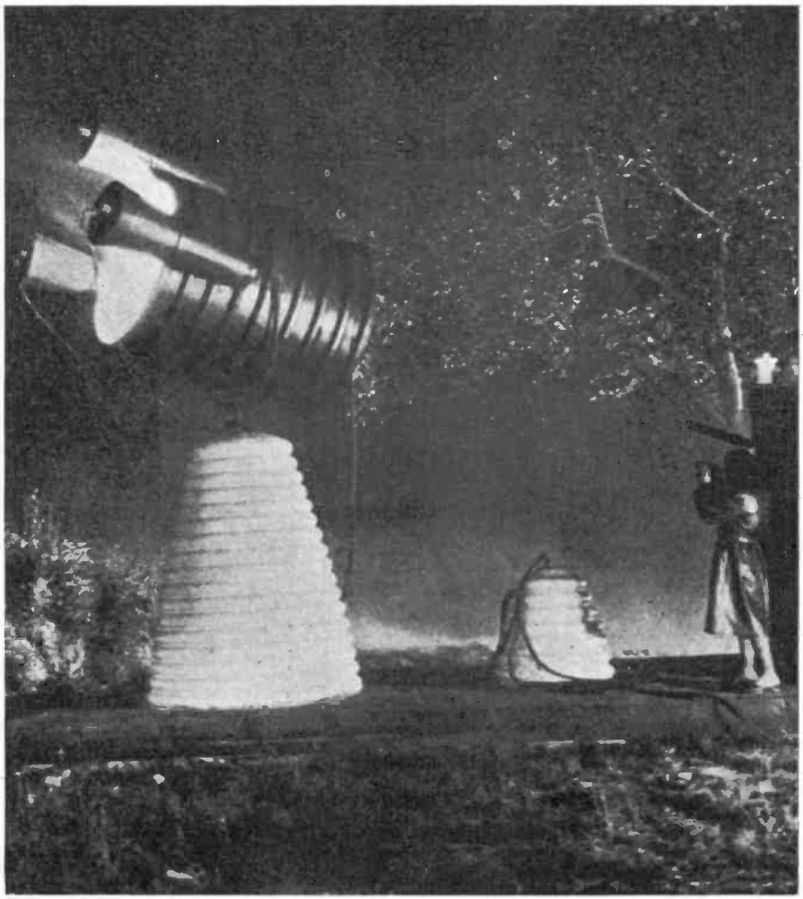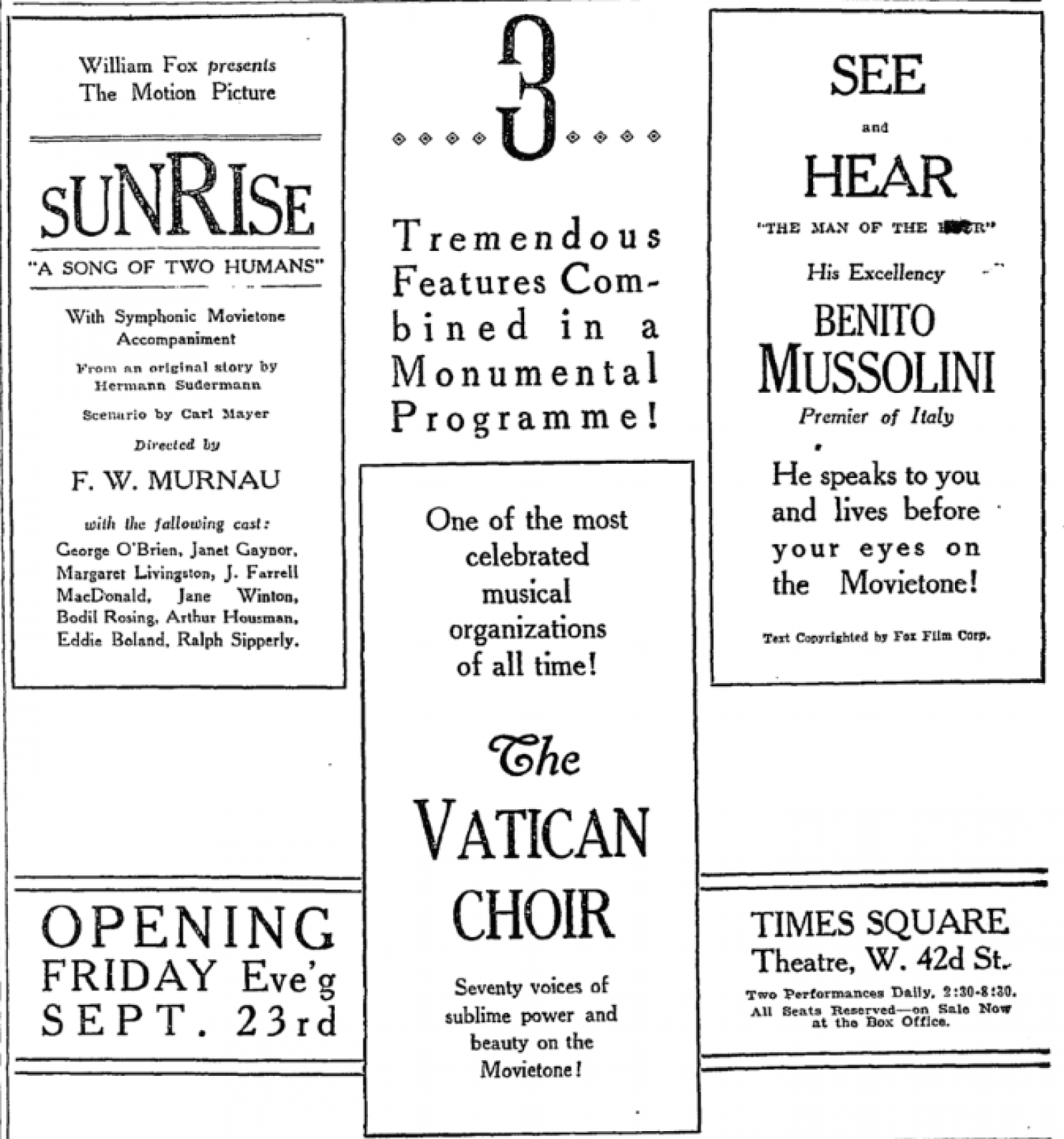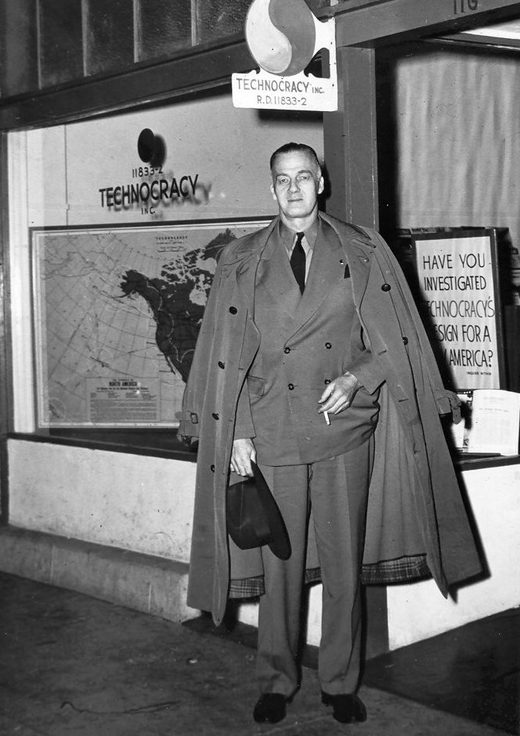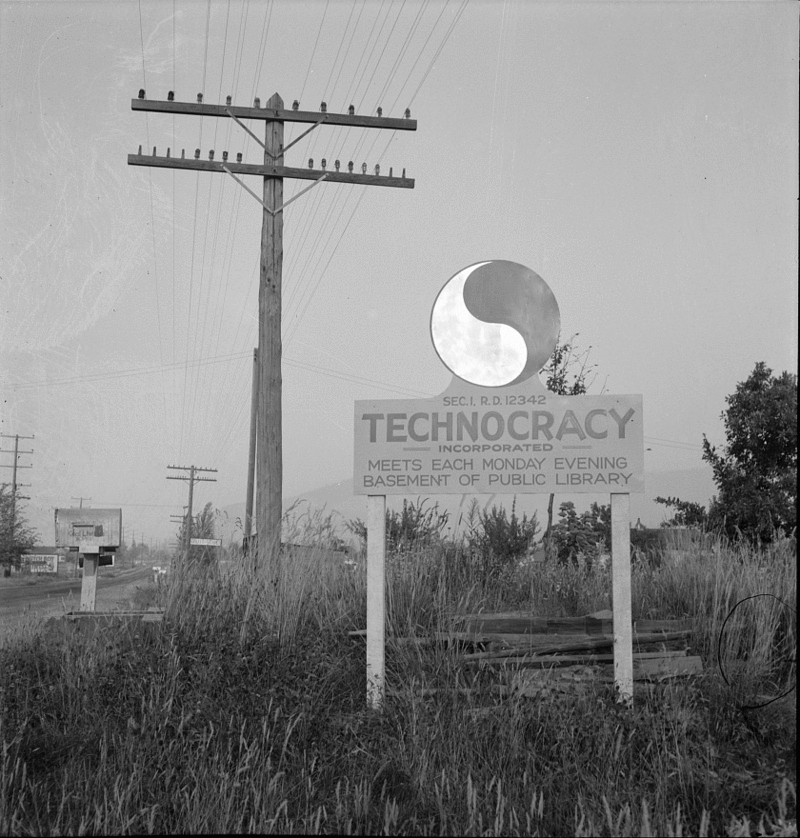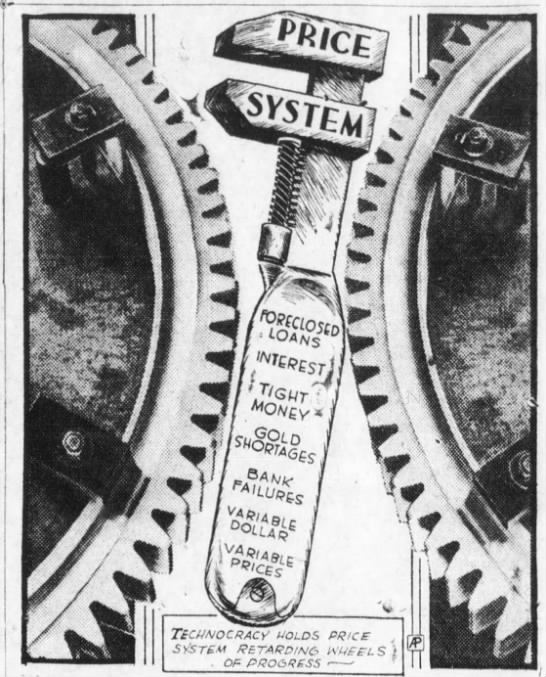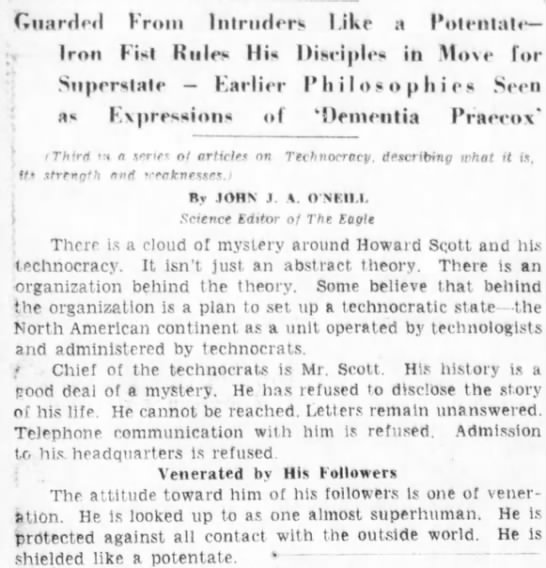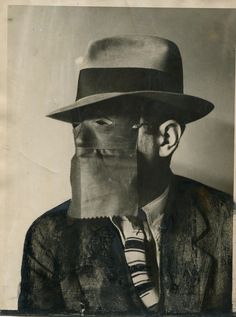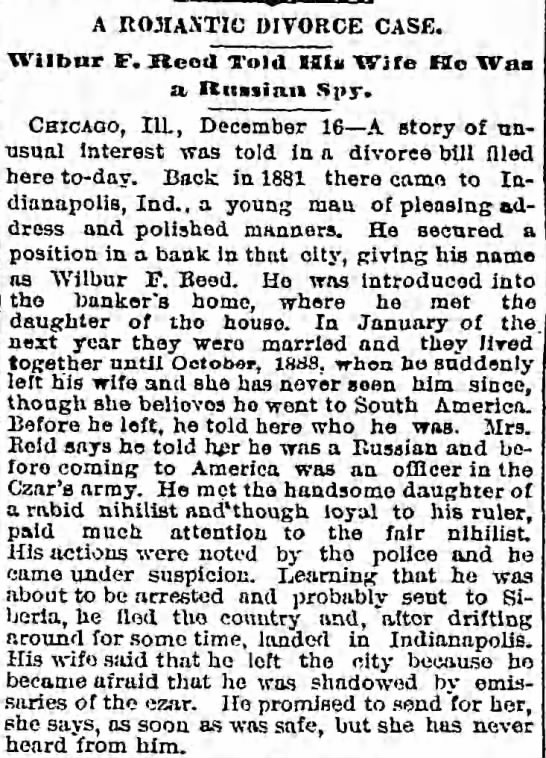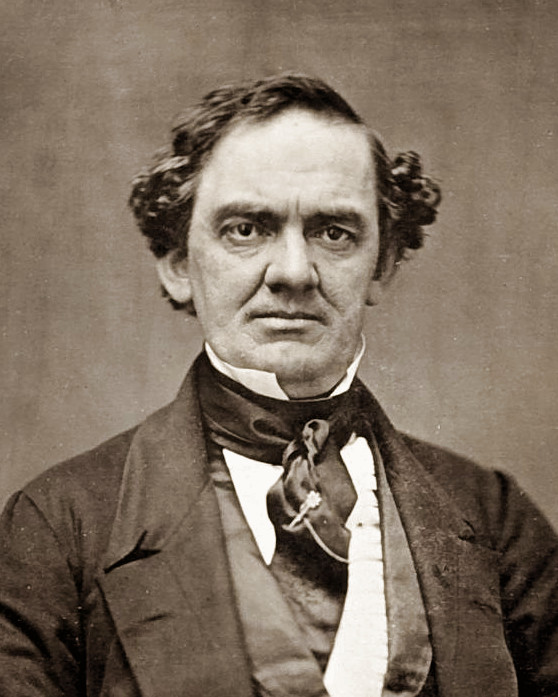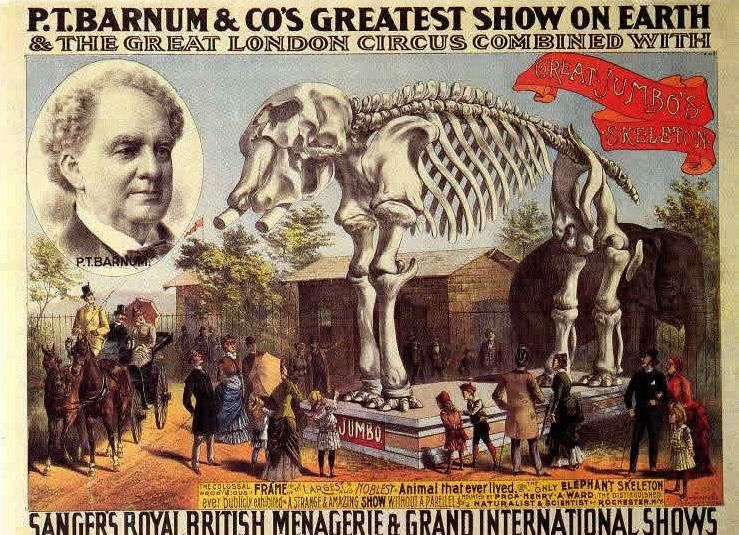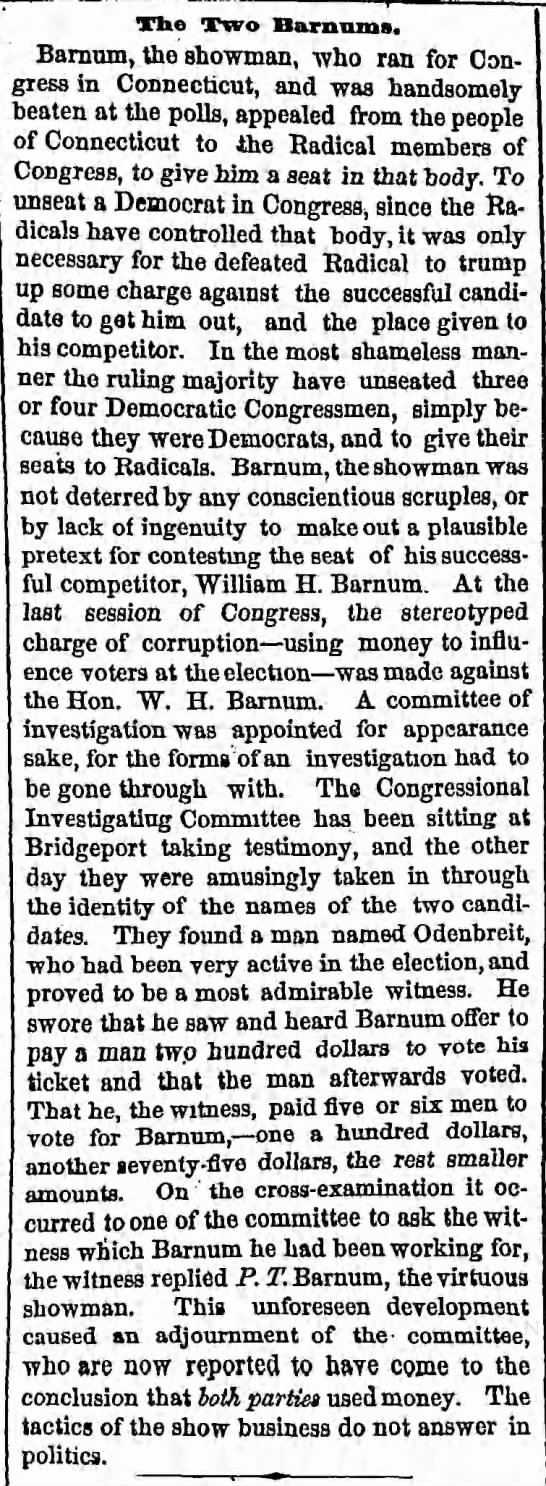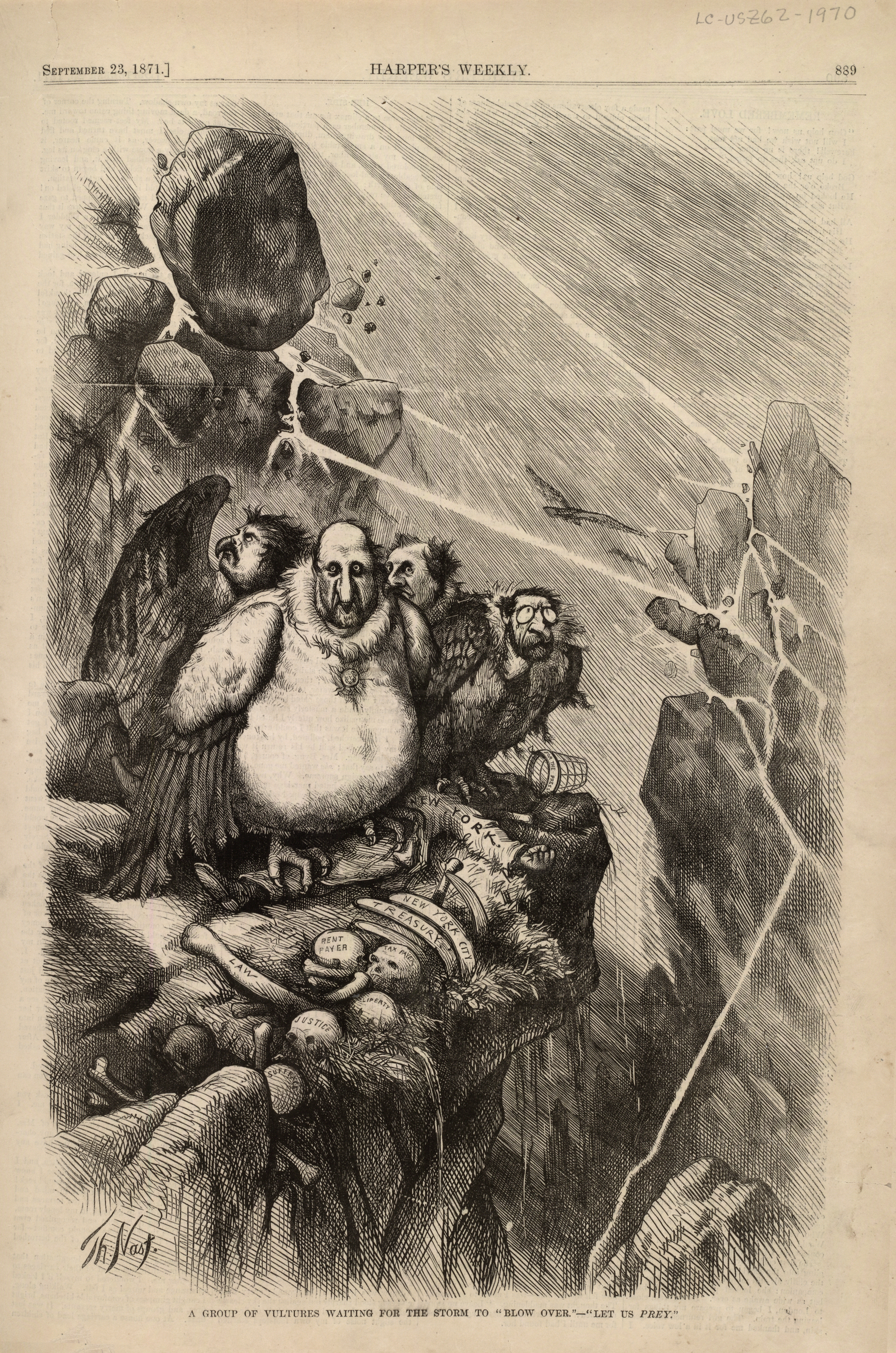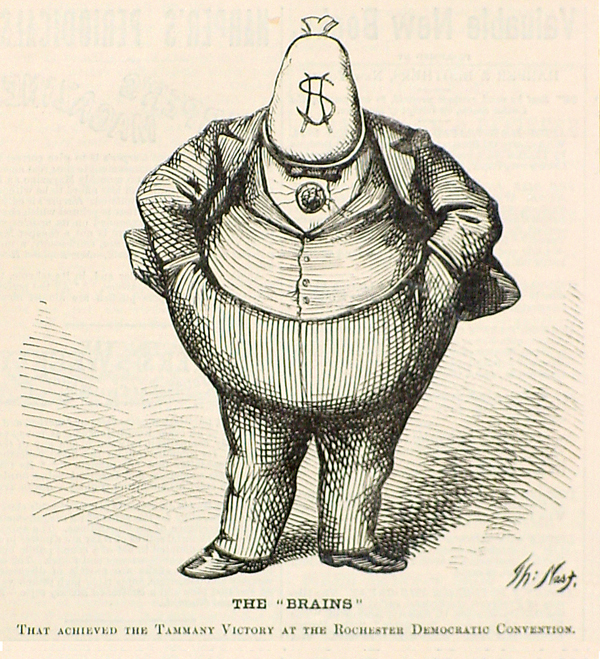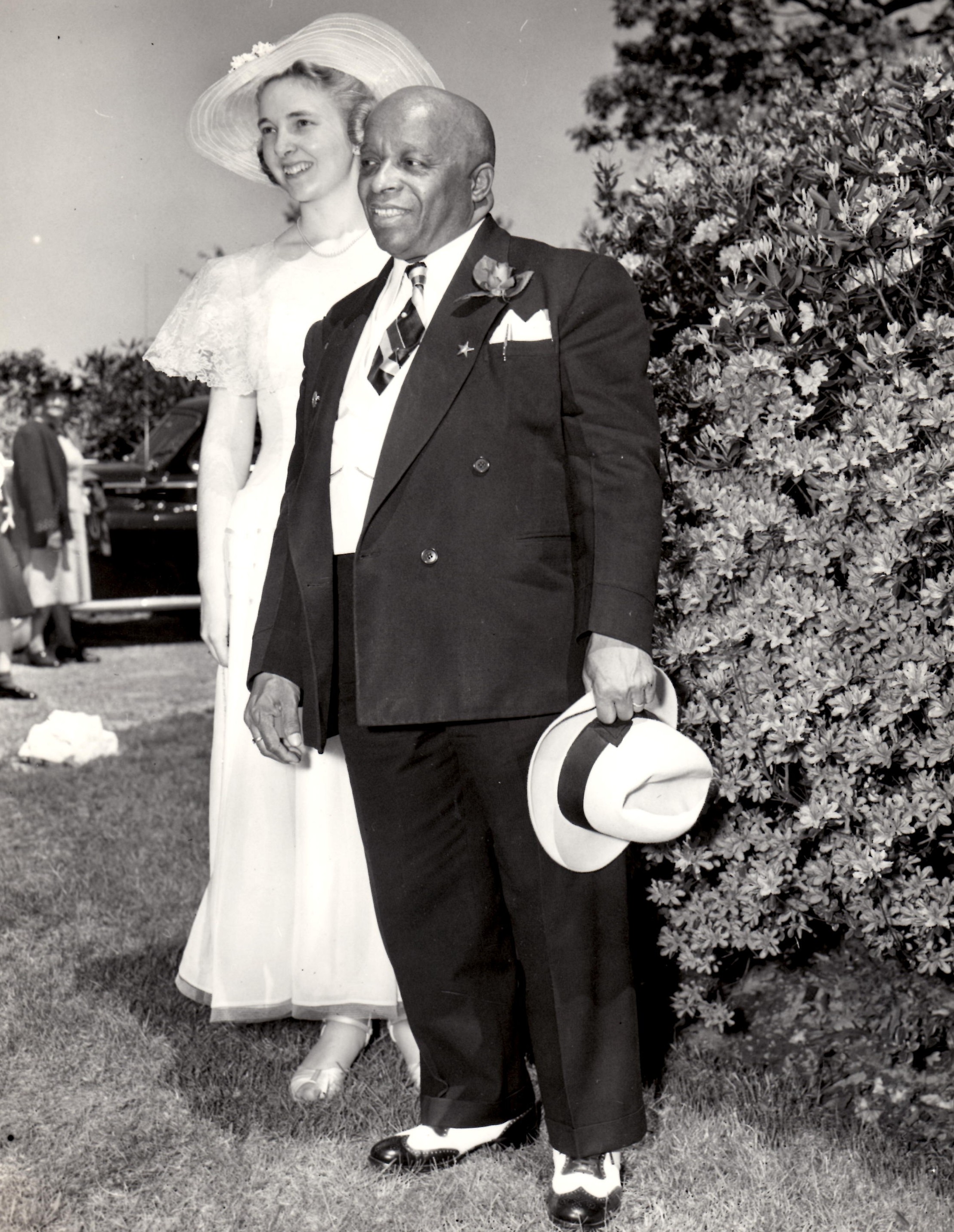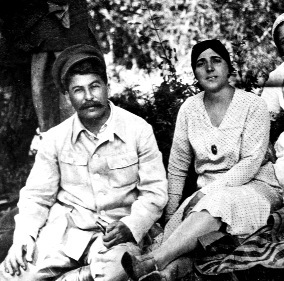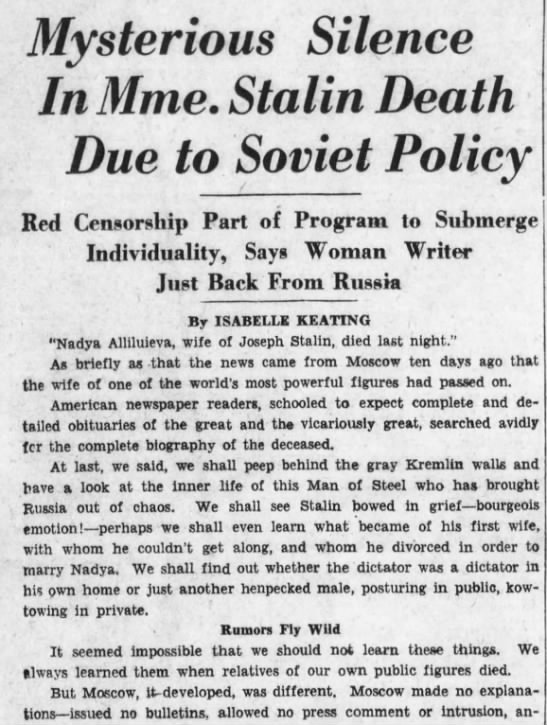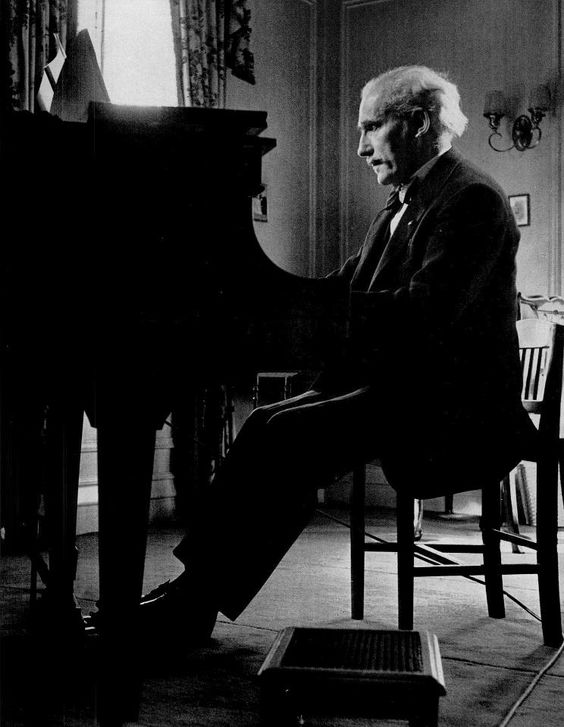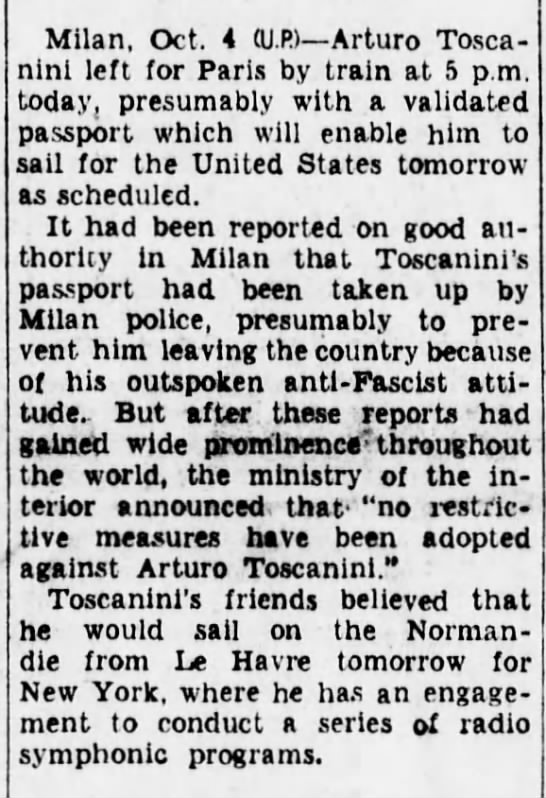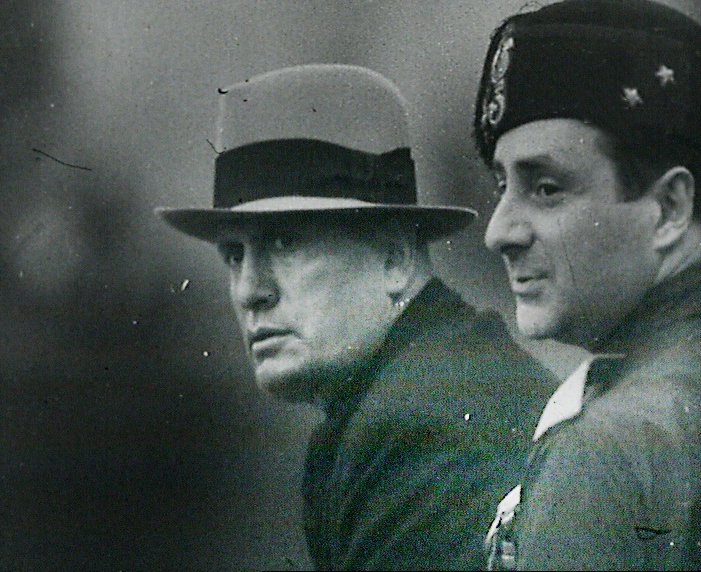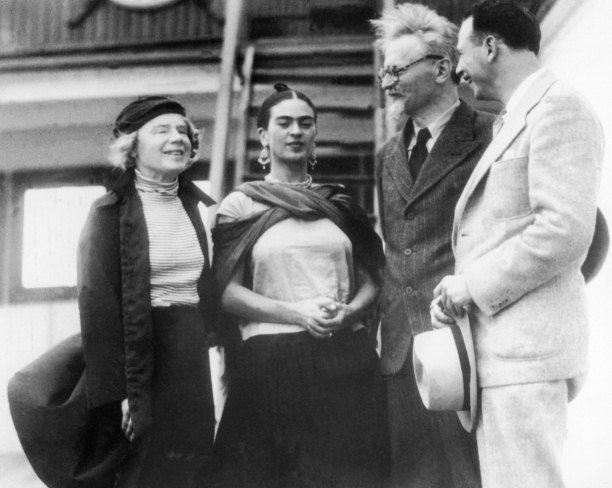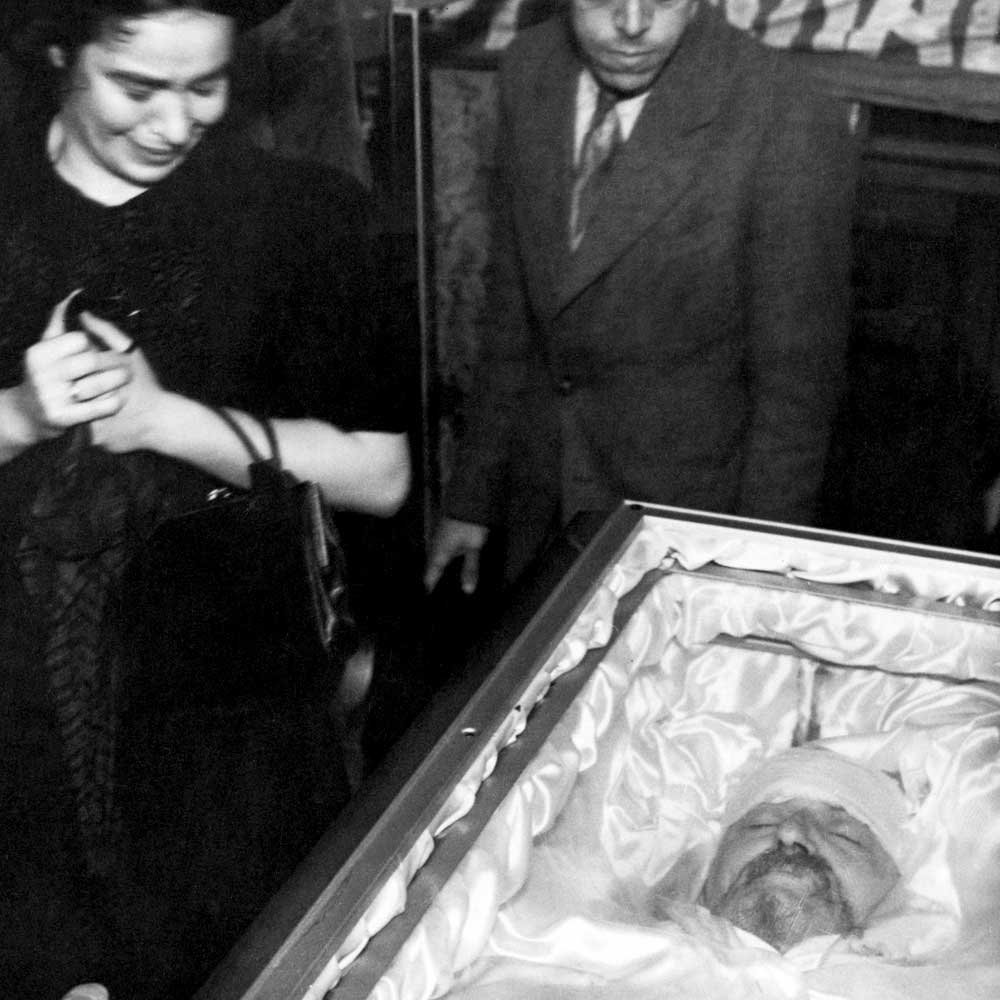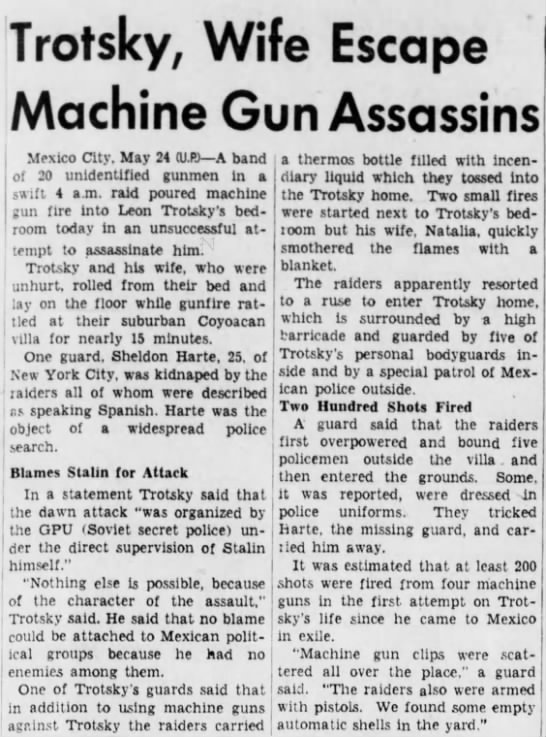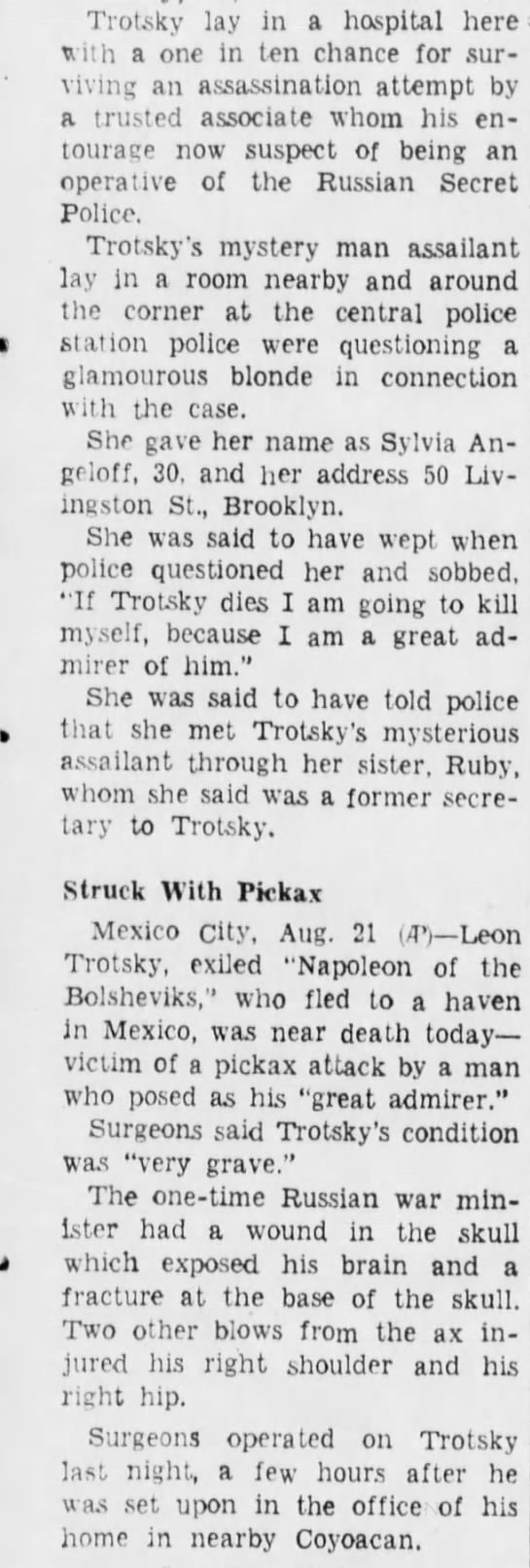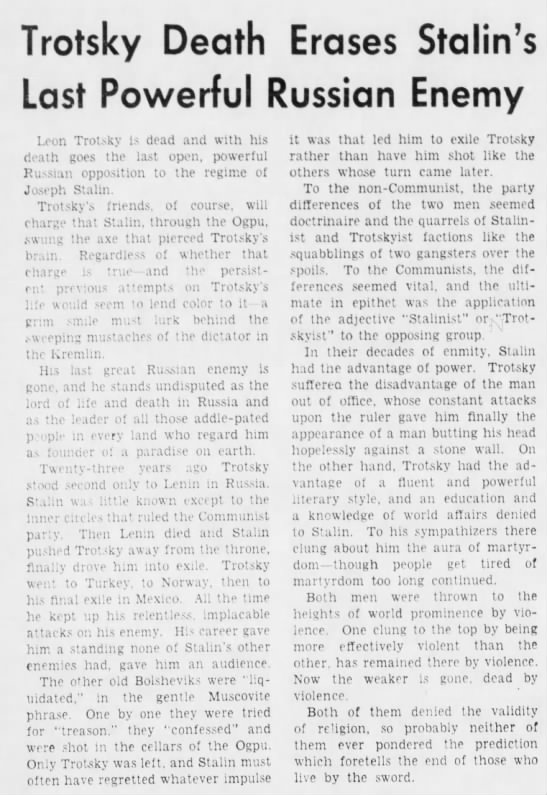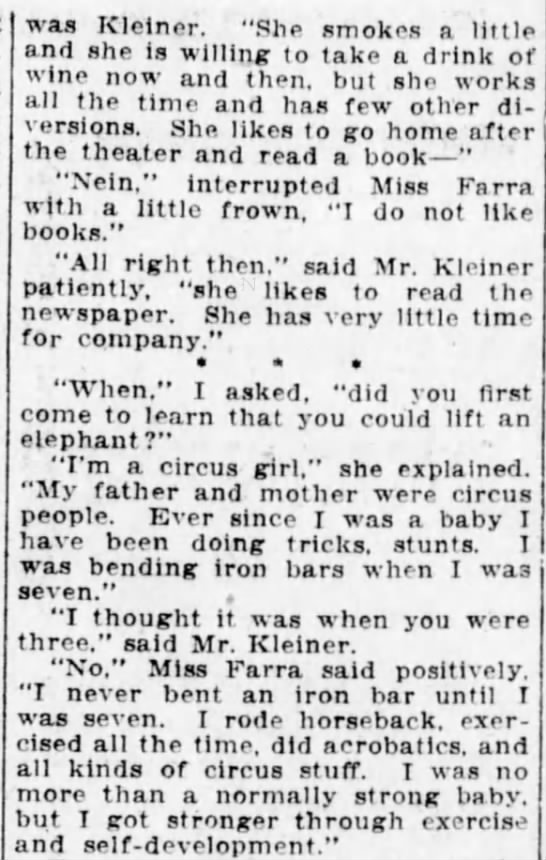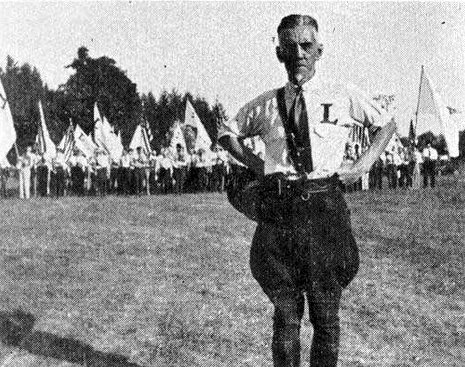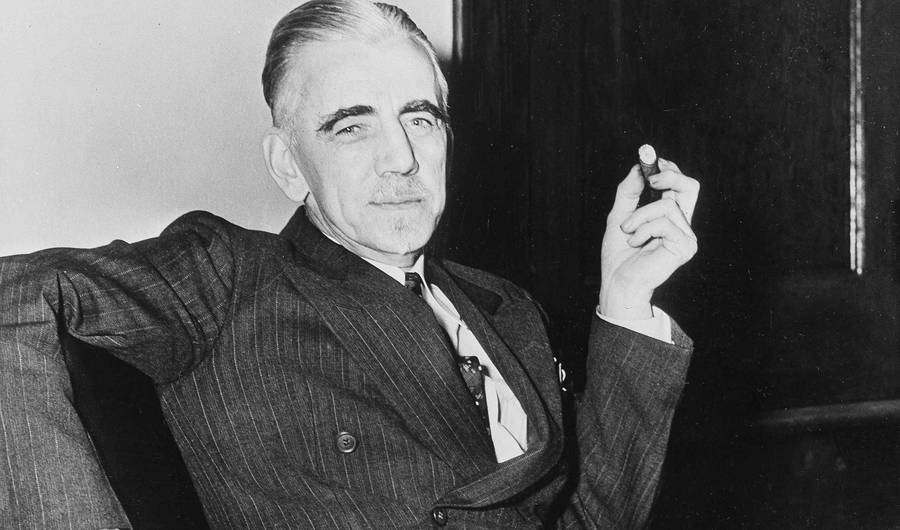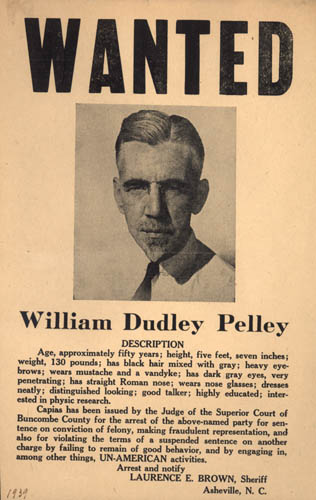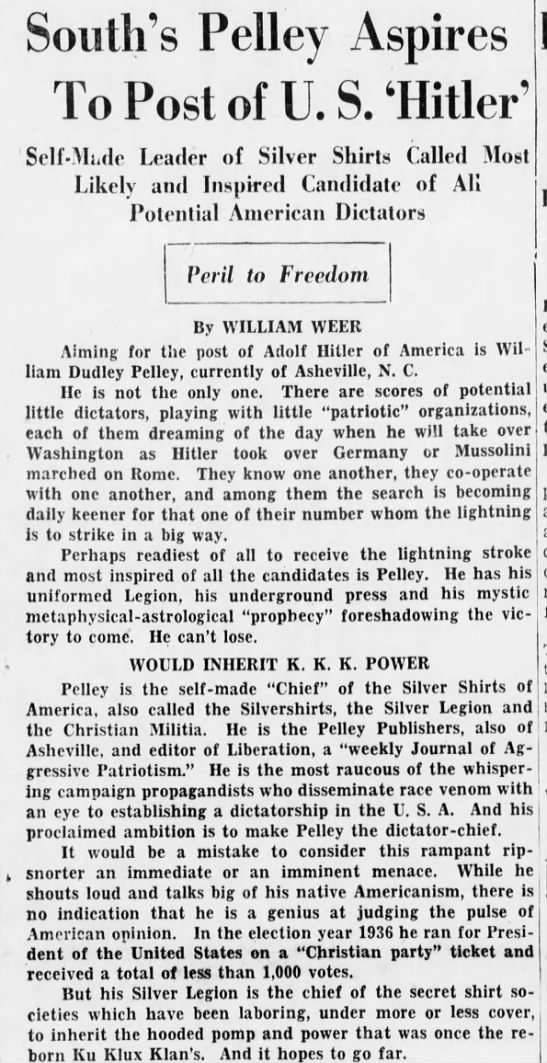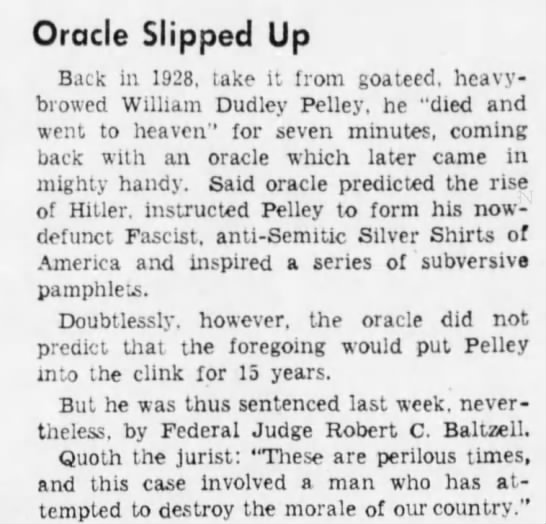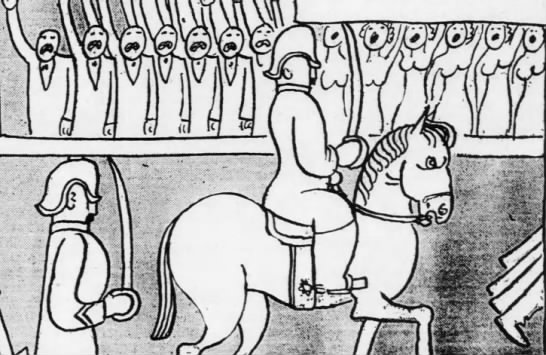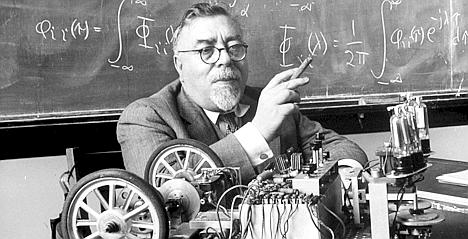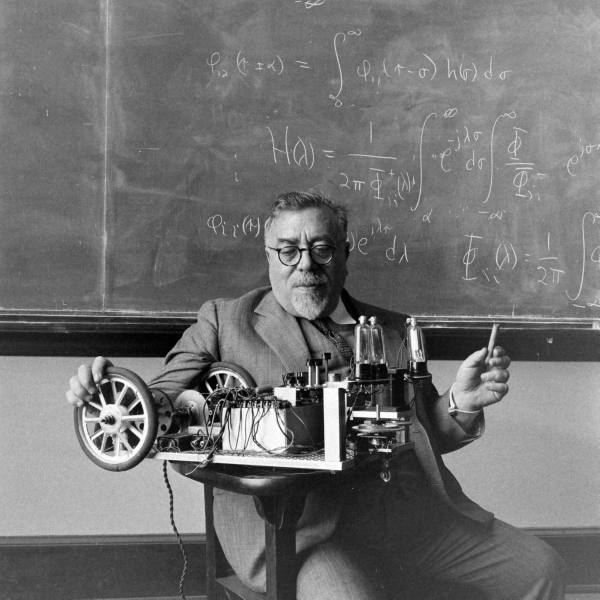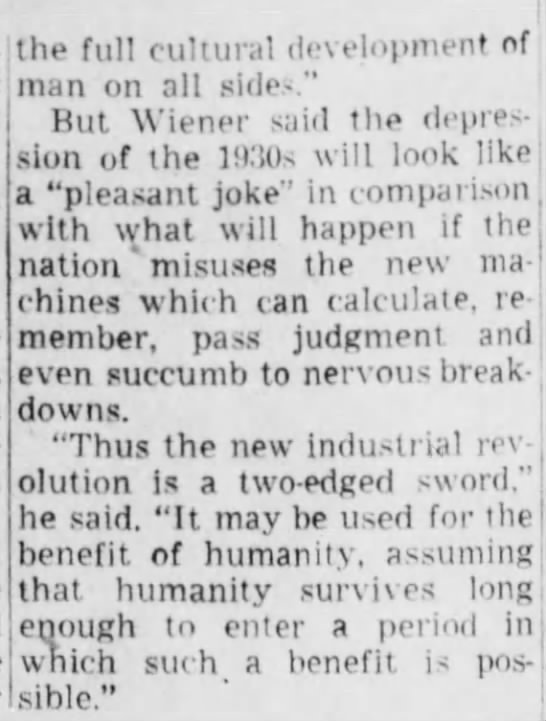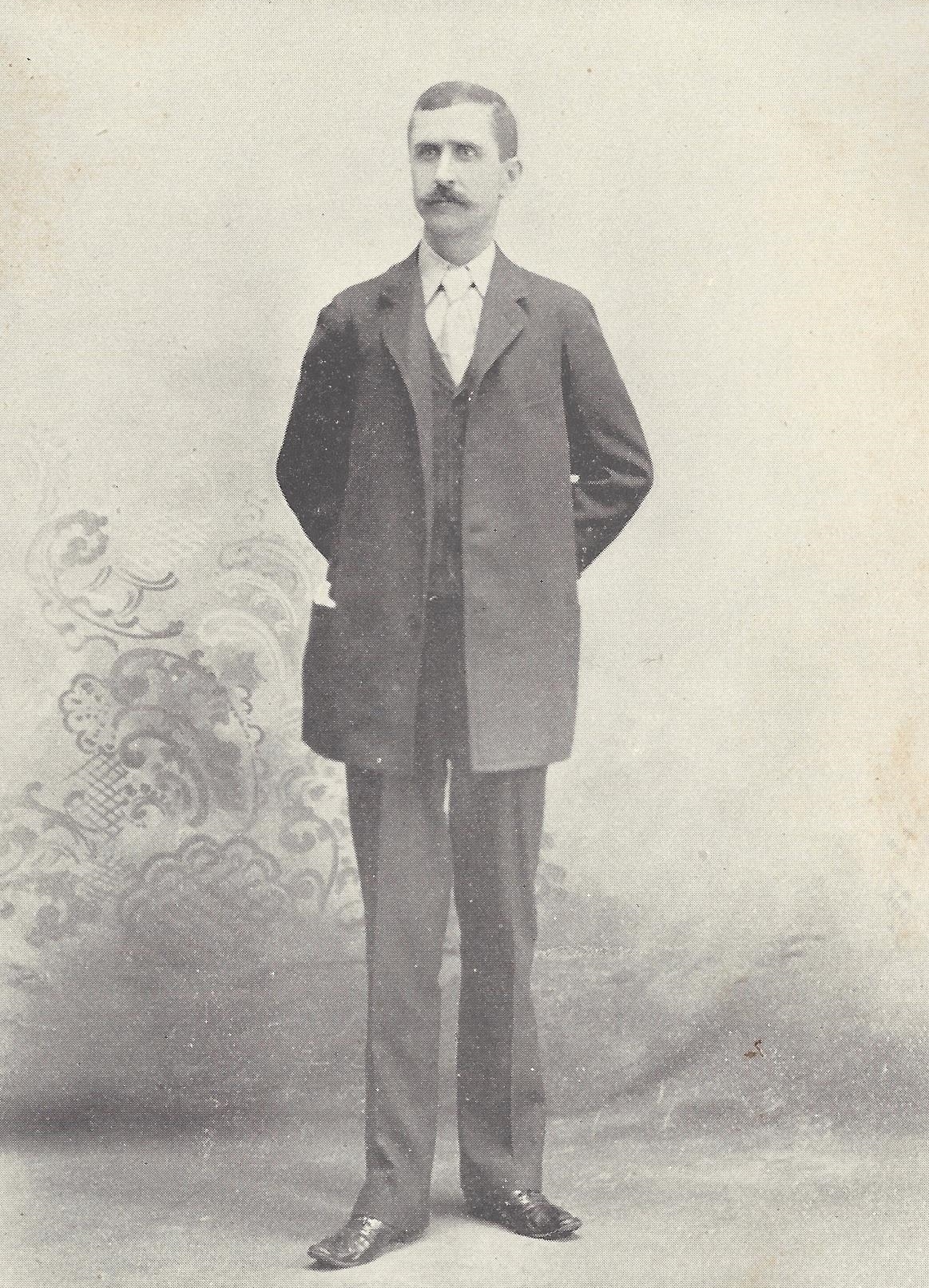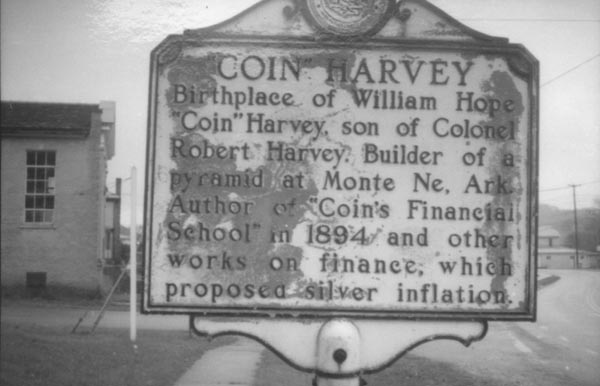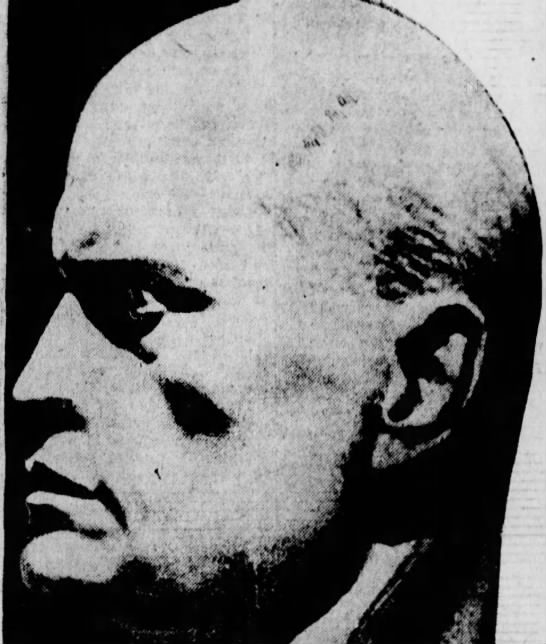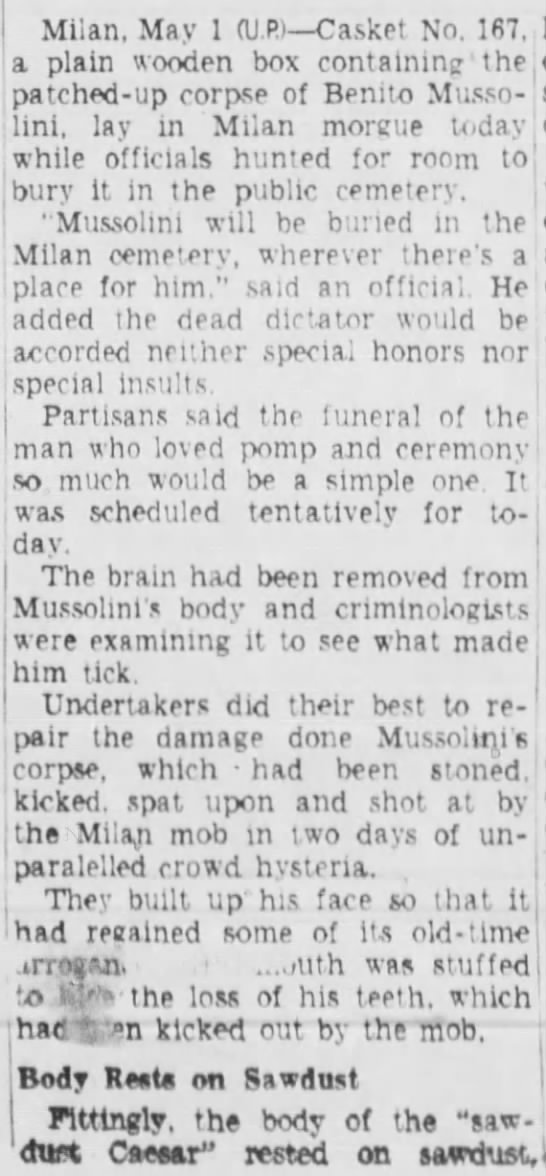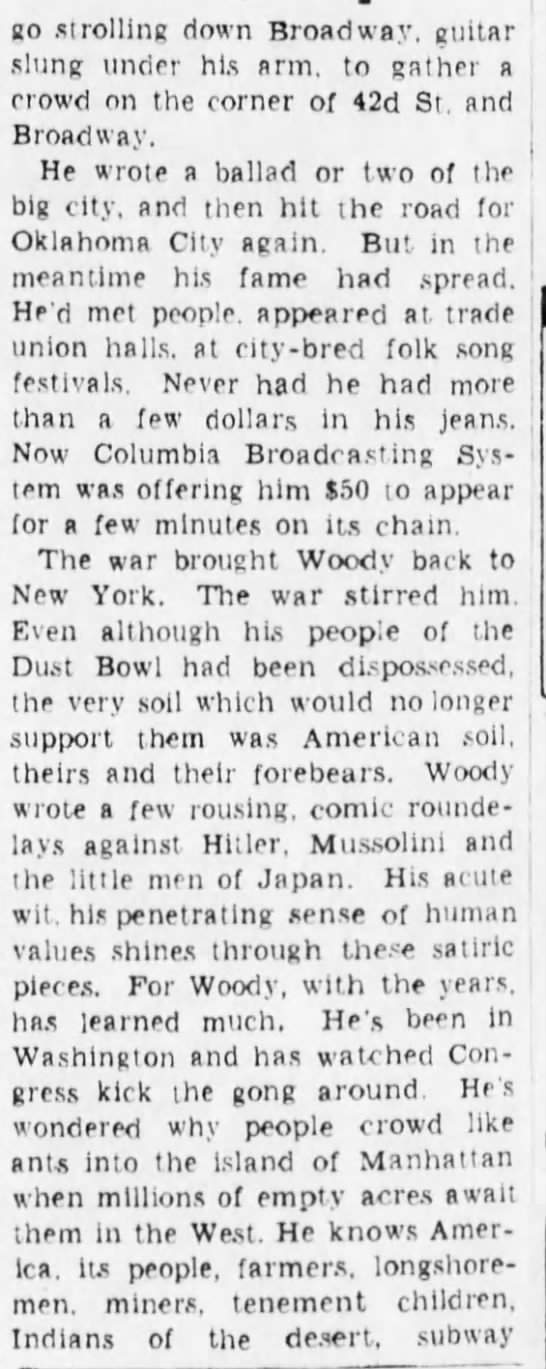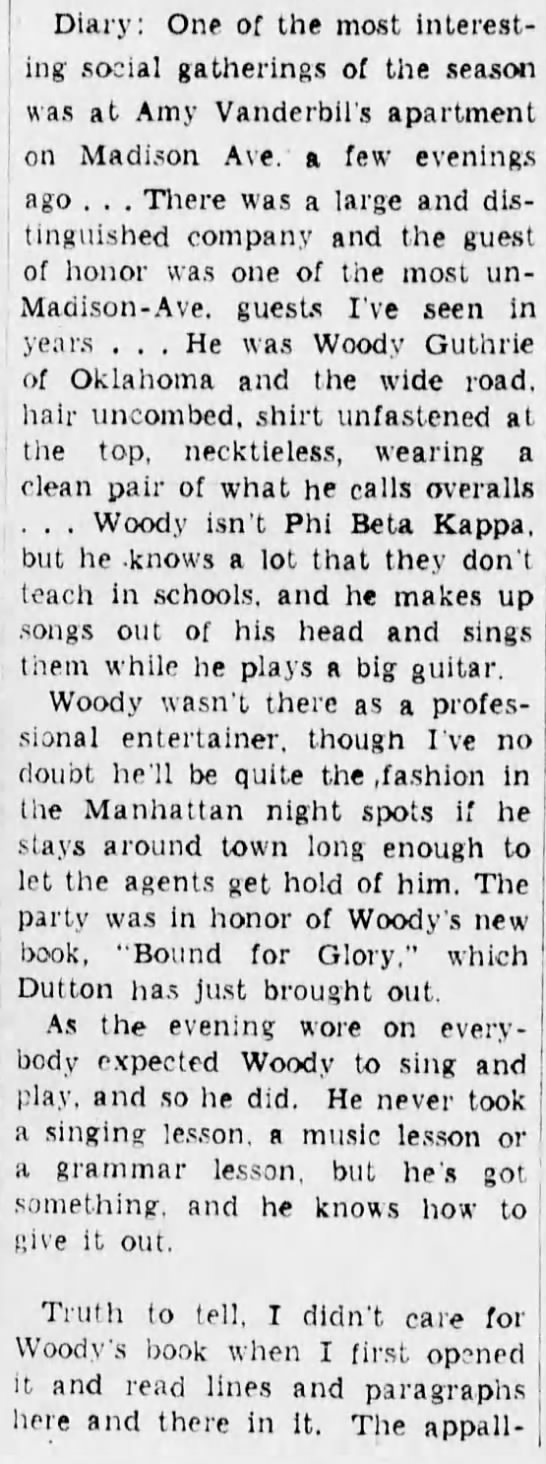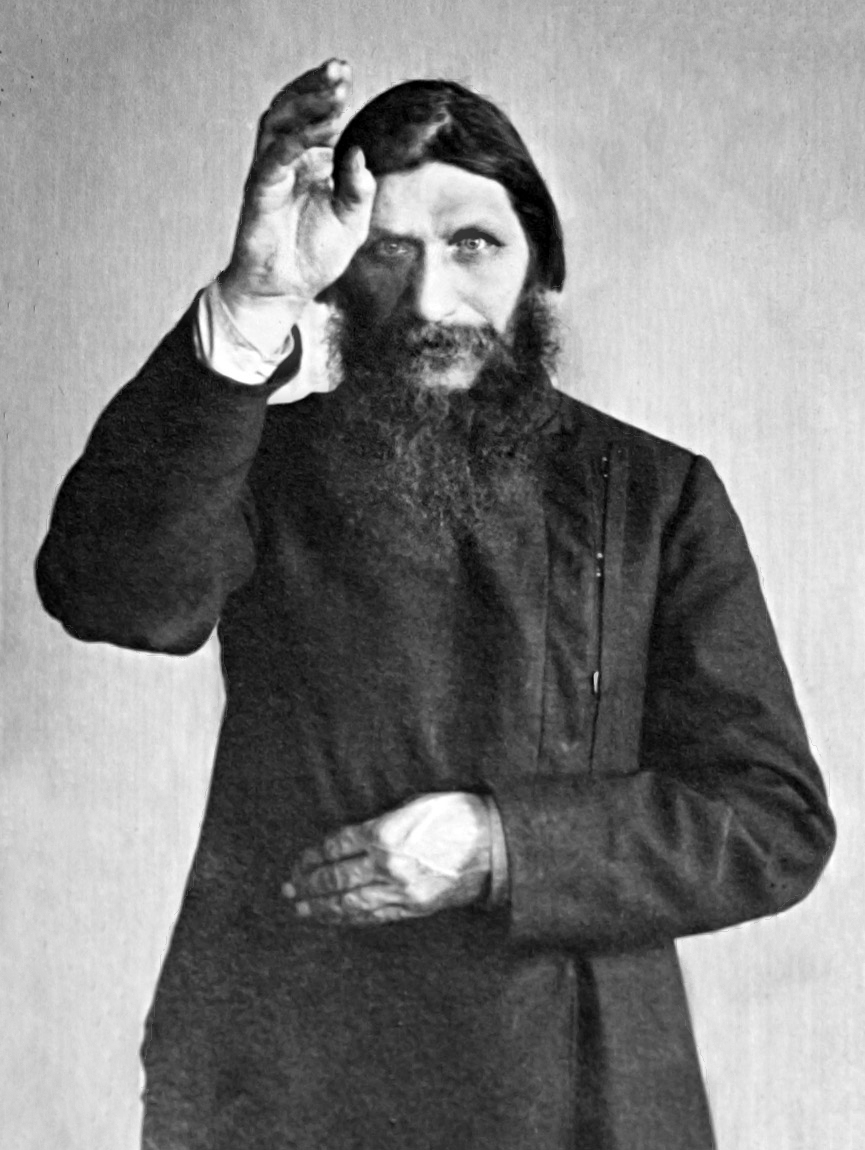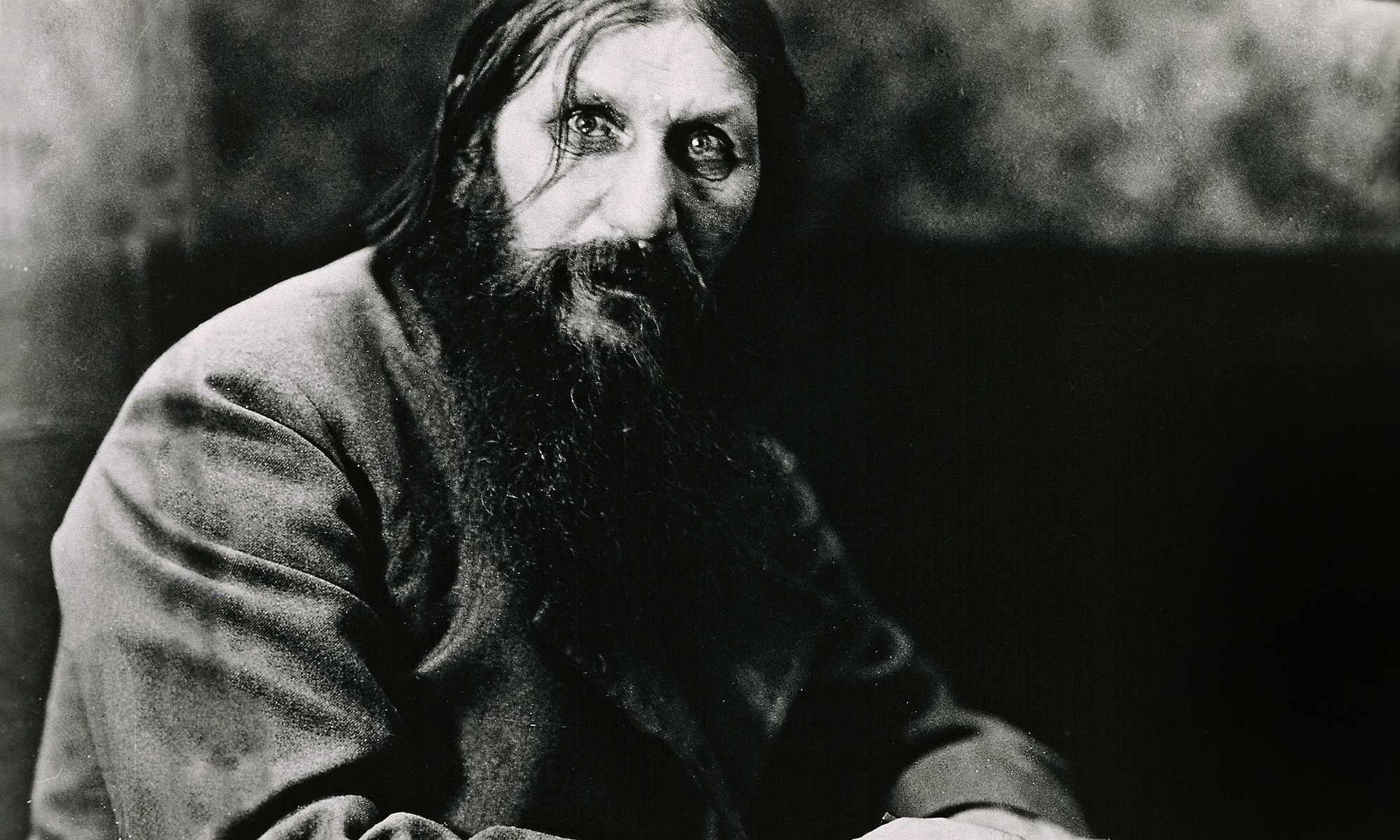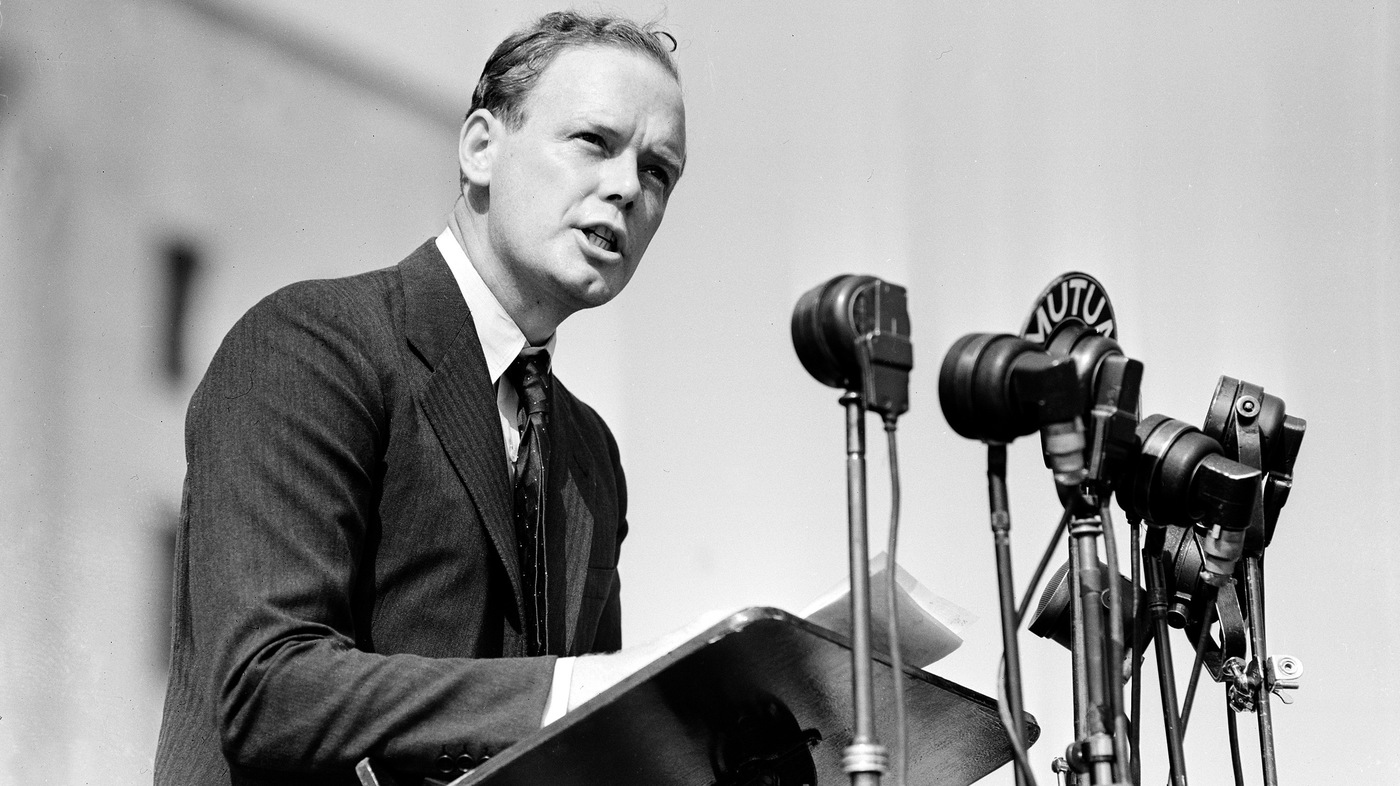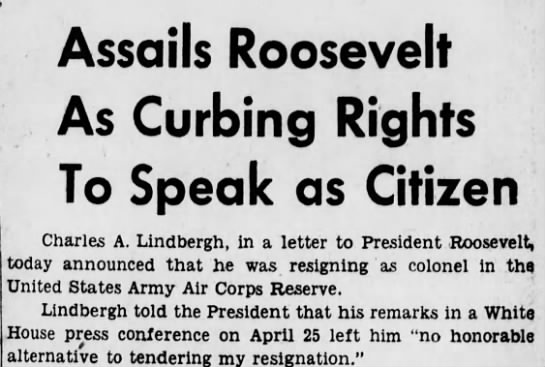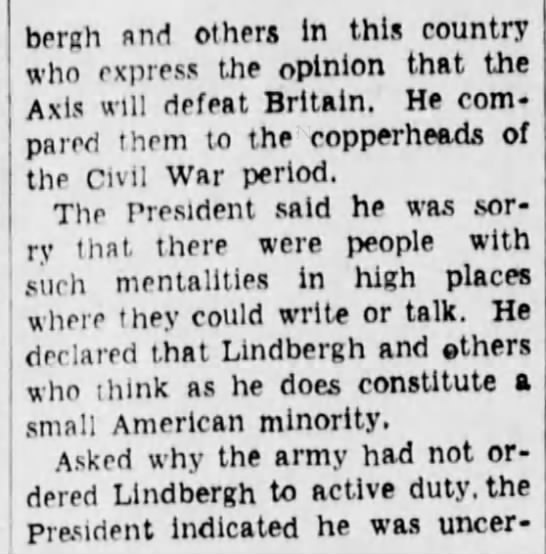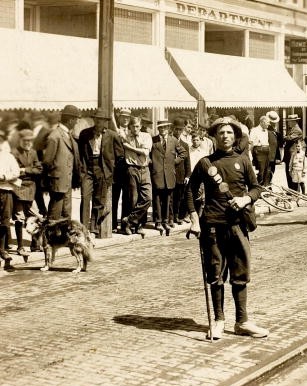From the January 29, 1851 Brooklyn Daily Eagle:
You are currently browsing the archive for the Old Print Articles category.
It’s hard to know what to make of Bob Woodward, the less talented half of the twentieth-century’s most famous American reporting duo, in the new millennium.
Like a lot of educated boneheads, he’s been an apologist for the 2003 invasion of Iraq, trusting the deeply dishonest Bush Administration’s claim of Weapons of Mass Destruction, despite a real paucity of evidence. In 2013, he claimed the Obama Adminsitration had “threatened” him, though this seemed to be more fanciful than fact.
In addition to these two ass-backwards moments, during his 2008 appearance on 60 Minutes to promote his book The War Within, the journalist hinted at knowing about a mysterious new weapon developed by the U.S. military, one that was able to melt buses filled with terrorists from great distances. An excerpt:
“This is very sensitive and very top secret, but there are secret operational capabilities that have been developed by the military to locate, target and kill leaders of al-Qaida in Iraq, insurgent leaders, renegade militia leaders. That is one of the true breakthroughs,” Woodward told Pelley.
“But what are we talking about here? It’s some kind of surveillance? Some kind of targeted way of taking out just the people that you’re looking for?” Pelley asked.
“I’d love to go through the details, but I’m not going to,” Woodward replied…. “If you were an al-Qaida leader … and you knew about what they were able to do, you’d get your ass outta town.”
It sounded to viewers like America had developed some sort of death ray, though it was probably something less dramatic. Who’s to say at this point with Woodward?
· · ·
In the early 1920s, an erstwhile serious British inventor named Harry Grindell-Matthews made a Tesla-ish claim, saying he’d created a death ray that had been perfected at the expense of rats. He was squirrely about demos, however, traveling to France and then America to keep one step ahead of the skeptics. For some reason, journalists of the era decided to support him against military and scientific establishments that were unconvinced by his assertions–and rightly so.
An article in the July 20, 1924 Brooklyn Daily Eagle reported on the sensational claims.
From 1924: “The Grindell-Matthews Death Ray, in the future, may control the destiny of the world.”
Tags: Harry Grindell Matthews
It wasn’t the Jazz Singer, but Benito Mussolini agreed to star in a talkie when asked by Fox Movietone News to stand before the company’s motion-picture cameras and address the citizens of the United States. In the 80-second running time, Il Duce used the phrase “make America great.”
This type of content helped the then-struggling Fox establish, in 1929, a newsreel theater in Times Square, which served as a forerunner to today’s cable outlets.
The Fascist leader, who understood the power of communications like few in his era, would endeavor within a decade of making this short to build his very own Hollywood. Today he would merely need to open his own Twitter account. Progress.
An article in the Brooklyn Daily Eagle reported on the first foreign leader to have a speaking role on film.
In the early 1930s, a shadowy figure named Howard Scott suddenly became a sensation in media and political circles when he announced American society was to collapse within 18 months. He wasn’t a theologian but a technocrat, and he warned that machine labor was poised to bring about universal unemployment. In the dark and desperate early days of the Great Depression, his secular sermon, colored by totalitarian overtones, was widely received.
While Scott’s credentials as a master engineer were more than greatly exaggerated, he didn’t allow a lack of paperwork to restrain his ambitions, arguing that he and a team of technocrats should run a new North American superstate, using facts and figures and numbers and math to do the job that politicians had traditionally handled. The result, it was promised, would be a radical abundance. In California alone, the movement soon boasted over a million members who wore gray suits, drove gray cars and “replaced their names with numbers, such as ‘1x1809x56.'”
America somehow crept from the Dust Bowl in one piece and Scott was more or less defrocked, but his ideas, an odd mixture of populism and anti-government impulses, still resound today, from the campaign trail to Silicon Valley, for better or worse.
An article in the January 1, 1933 Brooklyn Daily Eagle endeavored to unmask Scott.
Tags: Howard Scott
All manner of larger-than-life 19th-century Americans struggled financially in that century despite their great celebrity. P.T. Barnum lost everything. Edgar Allen Poe never had anything. Mathew Brady was turned away from easy street despite having in his possession the photographic history of the Civil War.
Thomas Nast suffered a similar fate. As Poe was to the short story, Nast was to the political cartoon: The father, more or less, of the U.S. version of an enduring genre that has survived numerous technological and media shifts. He was wildly influential into the 1880s, credited in the previous decade with helping to bring down the corrupt Boss Tweed and his Tammany Hall cohorts, as well as responsible for creating the Republican elephant symbol and the popular visual concept of Santa Claus. Nast was ahead of his time as an abolitionist and integrationist, though he wasn’t perfect in regards to race and ethnicity, repeatedly displaying in his drawings a fervent anti-Irish strain, for whatever reason.
Despite wide renown and handsome paydays, Nast went broke in 1884 after investing his wealth in a brokerage firm operated by a swindler. He never really recovered. By the time of his death in 1902, the artist was referred to as “once famous” and, having been forced to push his pencil aside, was employed as Consul General to Ecuador, essentially a gift position from President Roosevelt, a longtime fan of his work.
The cartoonist’s death from yellow fever was reported in the Brooklyn Daily Eagle.
Tags: Thomas Nast
Was reading the New York Times and noticed an obituary for “Mother Divine,” the name bestowed upon Edna Rose Ritchings when, in 1946, she became the second wife of Father Divine, a diminutive, charismatic African-American cult leader five decades her senior, who believed she was reincarnation of his first wife who’d died three years earlier. Many watchers of his International Peace Mission, which was known for promoting racial equality, performing charitable works and the leader’s insistence that he was God, believed the marriage by the preacher to a young white woman in that era would be the ruination of the Northeastern community, but the potentate promised the union would be a platonic one, which it probably was since one of the group’s beliefs was chastity, so the dust settled quickly. “God” died, however, in 1965, and it was up to his spouse to keep the faith. Her most notable moment as leader was probably the six-year gamesmanship she successfully waged against the Reverend Jim Jones, who tried unsuccessfully to steal her followers.
From the NYT obit by William Grimes:
Mother Divine was a mysterious figure. Little is known about her early life. She was born Edna Rose Ritchings on April 4, 1925, in Vancouver, where her father, Charles, ran the Strathcona Floral Company, a nursery and flower shop. Her mother was the former Mabel Farr.
At 15, she became fascinated by Father Divine and his religion, which preached a gospel of self-help, abstinence, economic independence and social equality. By providing cheap meals and social services during the Depression, he attracted a large following in Harlem, where he maintained his headquarters, and through his many missions, known as heavens, elsewhere in the United States.
The revelation came to her, she wrote in Ebony magazine in 1950, “that Father Divine is God Almighty personified in a beautiful, holy body.”
According to Sara Harris, the author of Father Divine: Holy Husband (1953), Edna Rose left home for Montreal, where she moved in with a family of Father Divine’s disciples, took the name Sweet Angel and found work as a stenographer at a costume jewelry business. She then made her way to Philadelphia to meet Father Divine and was hired as his personal stenographer. The marriage quickly followed.
Unknown to the faithful who had assembled on Aug. 7, the marriage had taken place on April 29 in Washington, at the house of the Rev. Albert L. Shadd, a recent convert.
For months, the news remained secret. “We could not have released it,” Sister Mary, a member of Father Divine’s inner circle, told Ms. Harris. “If we had, there would have been no telling what might have happened. The marriage was such a world-shaking event, it might have made followers vibrate strongly enough to destroy themselves.”•
An article in the 1946 Brooklyn Daily Eagle reported on the newlyweds.
Tags: Edna Ritchings, Father Divine, Mother Divine, William Grimes
At least Eva Braun never tied the knot.
Nadezhda Alliluyeva Stalin was not so fortunate. The second wife of the Soviet Union’s murderous leader, one of history’s greatest villains, was said to have died from appendicitis after thirteen years of marriage, but she actually shot herself to escape her tyrannical husband’s browbeating and humiliations.
Nina Khrushcheva, granddaughter of Nikita Khrushchev, recently wrote a Quartz article arguing that Melania Trump is an ideal autocrat’s wife. In the piece, she recalled Nadezhda’s demise:
In an autocracy, institutions such as the FLOTUS position—not fully formal, yet relevant—are the easiest to undermine. In Russia—first a monarchy and then a communist dictatorship—where “unsharable” power of the leader has been personalized and centralized to an extreme, there was barely ever a true “first lady,” her very fate providing a symbolic commentary on the regime.
Joseph Stalin’s Gulags—mass incarceration and prosecution of everyone suspected of opposing his personal power—were foreshadowed by the death of his wife, Nadezhda. Lacking a role to perform in the Kremlin’s politics, she committed suicide in 1932. According to a 1988 report in the New York Times, a Stalin biographer wrote that she killed herself ” after she spoke her mind about Communist Party purges and the famine and was met by a flood of vulgar abuse from Stalin.”•
As you can imagine, the mother of the communist country committing suicide was not a topic open for discussion in the Soviet Union of that era. A November 20, 1932 Brooklyn Daily Eagle article reported on the shocking-though-shrouded turn of events.
Tags: Joseph Stalin, Nadezhda Alliluyeva Stalin, Nina Khrushcheva
Tags: Arturo Toscanini
Autocracy instills fear and fuels paranoia not only in the people but in the autocrat as well. The walls are always moving in for a better look.
The sickening, silent video-surveillance footage that captured the Malaysian airport assassination of Kim Jong-nam, a possible weapon of mass destruction pressed against his face with a piece of cloth, isn’t even likely the most recent example of the madness of tyranny at work, not with the mounting, suspicious body count of Russian diplomats of the past few months. Regardless of what our current President may say, Americans don’t dispatch of their political enemies like murderous despots.
Long before Kim Jong-un terrorized North Korea, Joseph Stalin did the same to the Soviet Union, and Leon Trotsky was the “brother” who most concerned him, even though he had been exiled long ago and far away in Mexico.
The end came in 1940 for the Marxist theorist. What machine guns failed to do in May, a romantic interlude and an ice ax accomplished before summer’s end. A Brooklyn woman who’d become part of Trotsky’s inner circle unwittingly had an affair with Russian operative Ramón Mercader, which allowed him access to his prey. A single blow, though somewhat botched, proved decisive.
Three articles on the topic from the Brooklyn Daily Eagle follow.
From May 24, 1940:
From August 21, 1940:
From August 22, 1940:
Tags: Marta Farra, Martha Cohen, Martha Farra
Karl Marx wrote that “history repeats…first as tragedy, then as farce,” but when it comes to the threat of Fascism in America over the last century, the order, it would seem, has been reversed.
William Dudley Pelley was a white supremacist and Hitler wannabe with a missionary’s zeal when he ran for President in 1936, his risible campaign ultimately receiving a grand total of 1,600 votes. He spent most of the next decade in prison having been tried for and convicted of conspiring with the enemy during World War II.
Things didn’t start out so haywire for Pelley. An autodidact, he became a successful writer of fiction and nonfiction, even penning scenarios for silent films for Lon Chaney. In 1928, however, he claimed to have had an “out-of-body experience” in which God and Christ, performing in a duet, instructed the scribe to bring about a spiritual transformation in America, one which was to occur at the expense of Jewish and non-white people. He formed a militia of “Silver Shirts” and commenced to work which never, thankfully, proved successful.
Eighty years later, an aspiring autocrat and bigot received nearly 63 million votes, winning the Presidency by hook and by crook. Many scholars advise that Trump, for all his bad qualities, is not actually what would historically be called a Fascist. In December 2015, during the ugly-as-sin campaign, UK historian Matthew Feldman commented on the “F” word in an interview with Mic:
There are some [Fascist-sounding] things about Trump when seen in a particular light, such as his slogan, “Make America Great Again.” But what I really want to stress is that’s not the same thing as overthrowing liberal democratic regimes, which is really the hallmark of classic fascist movements.•
After all that’s transpired since the inauguration, including Trump and Steve Bannon’s words at this week’s CPAC Conference, it’s fair to fear the Administration intends to implode our liberal democratic regime from the inside. The President continued his all-out warfare on the free press, which has been one of his main targets along with the Judiciary and the Intelligence Community, while Bannon explicitly acknowledged heads of cabinets have been selected based on their ability to destroy them, to “deconstruct the administrative state.”
Even if the new boss doesn’t meet the precise specifications of traditional Fascism, elements of that system can be mixed with the new abnormal to bring about the same end. The risk of American autocracy is not a punchline now, but a series of punches. One way or another, it seems like it will all end in tragedy. It already has, really.
The following are a series of articles about Pelley from the Brooklyn Daily Eagle.
From April 5, 1938:
From April 5, 1942:
From August 16, 1942:
Tags: William Dudley Pelley
Near the mid-point of last century, cyberneticist and mathematician Norbert Wiener worried that either the Kremlin or computers–perhaps both–would be the ruination of America. In Trump’s time, his fears may be realized.
A Russian spy ship is now patrolling the East Coast as a new Administration deeply linked to Vladimir Putin stands idly by, just days after it was reported that Trump campaign officials had constant contact with the autocracy throughout an election that was hacked by our adversary.
Meanwhile, the new President and his anti-science inner circle are manufacturing fetishists who will invest in yesterday’s jobs at the expense of tomorrow’s high-tech future (robotics included). That could leave China, another despotic nemesis, in a position of predominance. That scenario becomes especially likely if isolationist tendencies and trade wars reduce our soft power abroad.
That’s not exactly how Wiener’s apocalyptic vision unfolded, but the same end would be reached.
In an article in the August 18, 1950 Brooklyn Daily Eagle, the scientist explained how the “Automatic Age” might be a mixed blessing.
Like many of us, William Hope “Coin” Harvey worried about money. His concerns, however, stretched beyond his own bank account.
A lawyer, popular writer on financial theory and a political populist who championed monetary bimetallism in the last decades of the 19th century when such things were a hot topic of conversation, he supported William Jennings Bryan, a free silverite, to a painful defeat in the 1896 Presidential Election. The waterloo curbed Harvey’s appetite for elections for a long spell, though he did run as a third-party candidate for the U.S. Presidency as standard bearer of the Liberty Party in 1932.
While Harvey’s monetary policy and political doings are largely lost to history, another aspect of his legacy can still be encountered in the pages of Henry Miller’s 1945 American odyssey, The Air-Conditioned Nightmare. In 1900, Harvey used some of his publishing windfall to purchase a few acres in Northwest Arkansas where he built a gorgeous resort he called Monta Ne.
What most interested Miller about his subject was Harvey’s belief that American civilization was in steep decline thanks to wealth inequality and poor education and would soon be gone. To prevent all traces of our culture from disappearing, he planned to build at Monte Na something he called “The Pyramid” (actually a 130-foot-tall obelisk), that would contain multiple volumes of books he was writing that explained who we were to future peoples to prevent them from making our mistakes.
Alas, it was never built, as the market crash of 1929 and Harvey’s failing health prevented its construction. If America did not fall to the doom the money man feared, Monte Na itself was not long for the world. Beaver Lake, a man-made body completed in 1966, caused rising waters to mostly bury the resort.
An article in the February 19, 1927 Brooklyn Daily Eagle recall the Pyramid scheme before it crumbled.
Tags: Benito Mussolini
Lady Gaga’s Super Bowl LI halftime performance was dubbed “apolitical” by many news outlets, though that’s an odd way to describe a singer interrupting Irving Berlin’s “God Bless America” for a blast of Woody Guthrie’s “This Land Is Your Land,” the latter being an angry retort to the former. From Murray Kempton in 1981:
Woody Guthrie had composed “This Land Is Your Land” as a bitter parody of “God Bless America.” It had originally closed with the stanza:
One bright sunny morning in the shadow of the steeple
By the Relief office I saw my people
As they stood hungry, I stood there wondering if
God blessed America for me.•• • •
The Dustbowl was central to the songwriter’s sardonic bite, but Guthrie had some dalliances with the un-Oklahoma of New York City beginning in 1940, which resulted in the two articles below published in the Brooklyn Daily Eagle. The first looks at Guthrie’s involvement in It’s All Yours, an anti-Fascist, anti-Hitler musical drama performed in 1942 at the Brooklyn Academy of Music. It was co-directed by singer-songwriter Earl Robinson as the piece says, but what goes unmentioned is that the other director was Nicholas Ray, who would begin his big-time Hollywood career a half-dozen years later. In the second article, Guthrie brings his dirty boots to the home of etiquette expert (and erstwhile Staten Island Advance reporter) Amy Vanderbilt to celebrate the publication of Bound For Glory. As Charles B. Driscoll writes in the second piece: “Woody isn’t Phi Beta Kappa, but he knows a lot that they don’t teach in schools.”
___________________________
From October 5, 1942:
___________________________
From April 5, 1943:
 Steve Bannon has been deemed by some “Trump’s Rasputin,” but it’s not nice to besmirch Rasputin that way.
Steve Bannon has been deemed by some “Trump’s Rasputin,” but it’s not nice to besmirch Rasputin that way.
The inscrutable Siberian spiritualist was so wrapped in the cloth of mysticism that it’s impossible to know exactly how much influence he wielded in the palace of Nicholas II and Alexandra Feodorovna during the last days of disco for the Russian Empire. His sway may have actually registered somewhere between Bannon’s puppet-master position and Joan Quigley’s Reagan Era stargazing.
Regardless, the “mad monk” of St. Petersburg society made the people uneasy and the perception of him as “Chief Strategist” became a liability to the throne, so much so that his 1916 assassination was thought necessary by some royals if the Tsardom was to be salvaged. No dice, as the messy murder did not come close to halting the sweep of history.
A report from the March 1, 1914 Brooklyn Daily Eagle about the unlikely rise to power of the “crude impostor.”
Tags: Grigori Rasputin
Like many who’ve read Philip Roth’s The Plot Against America, I’ve been reflecting a lot on the novel during this terrible time of a demagogue reaching the White House. The writer imagined an alternative history in which the legendary aviator Charles Lindbergh, an actual spokesperson for the America First Committee and admitted white supremacist, was able to defeat Franklin Delano Roosevelt for the Presidency, changing the course of history for much the worse. It seems to have unfortunate parallels with our own bleak moment.
Roth doesn’t exactly see it that way, however. In an email exchange with Judith Thurman of the New Yorker, he explained the key difference:
“It is easier to comprehend the election of an imaginary President like Charles Lindbergh than an actual President like Donald Trump. Lindbergh, despite his Nazi sympathies and racist proclivities, was a great aviation hero who had displayed tremendous physical courage and aeronautical genius in crossing the Atlantic in 1927. He had character and he had substance and, along with Henry Ford, was, worldwide, the most famous American of his day. Trump is just a con artist.”
Yes, that’s true, Trump is merely a Simon Cowell-ish strongman, not a real-life superhero whose daring made the world smaller when foreign acres of the Earth still felt as distant as the dark side of the moon. But the book’s sense of foreboding, the feeling that we’ve drifted far and disastrously from our ideals, definitely resonates.
An article in the April 28, 1941 Brooklyn Daily Eagle reported on Lindbergh’s abrupt resignation from his Army post in response to Roosevelt’s criticism of the flier’s speeches, in which he urged American isolationism, a belief which was fortified by his appreciation for Aryan superiority and feelings of anti-Semitism.
Tags: Charles A. Lindbergh, Donald Trump, Franklin Delano Roosevelt, Judith Thurman, Philip Roth

